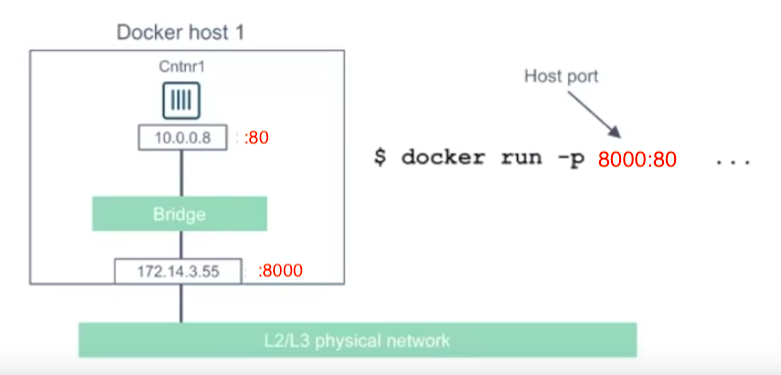

- #Using kitematic to deploy applications on linux server mac os#
- #Using kitematic to deploy applications on linux server software#
- #Using kitematic to deploy applications on linux server code#
Inference of gene networks using Bayesian Model Averaging (BMA) This greatly facilitates the reproduction of scientific results arising from real-world workflows.
#Using kitematic to deploy applications on linux server mac os#
Thus a complex bioinformatics pipeline with GUI components originally running on a Linux machine can be replicated and tested on a Windows or Mac OS machine.
#Using kitematic to deploy applications on linux server software#
GUIdock configures an additional X Windows software layer that allows for consistent graphics on a variety of host platforms.


Docker provides an easy, modular method to build, distribute and replicate complex pipelines and workflows across multiple platforms.Īlthough Docker provides a container with the original computational environment, the host system, where the container software is executed, is responsible for rendering graphics. Images can be downloaded from repositories using git or bundled with the Dockerfile to form packages. Docker also supports Dockerfiles that contain the instructions to build a Docker Image from scratch or another Docker Image. Multiple containers share a single OS kernel saving considerable resources. Containers differ from traditional VMs in that the resources of the operating system (OS) and not the hardware are shared transparently (virtualized). On Mac OS and Windows systems, a single Docker container consists of a Virtual Machine (VM) containing the guest software and its Linux environment. On a Linux host, Docker uses the host system. GUIdock uses Docker, an open source project that incorporates a light weight Linux wrapper (container) to ensure application portability and infrastructure flexibility. Our solution to this problem is GUIdock, which allows for replication of the application, graphics and software environments that produced the analytic results reported in scientific publications. In addition, reproducing workflows that use interactive graphics remain problematic as each operating system uses their own graphical environment. The obvious drawback to this approach is that one is limited to the components included in the suite. Hence, suites such as Bioconductor, BioPython, and BioPerl where the user is assured that the dependencies for the components are properly installed have become increasingly popular. These suggestions overlook the fact that modern biomedical workflows and pipelines consist of multiple applications and libraries, each with their own set of software dependencies. In level 3, they propose the additional requirement that the reported analyzes be reproduced independently before publication.
#Using kitematic to deploy applications on linux server code#
guidelines requires that the code must be posted to a trusted repository. For data analyses and software implementations, level 2 of the Nosek et al. Computational method development and data analyses have become integral to many disciplines, such as biomedical research. These guidelines progress from level 0 to level 3 and become increasingly stringent for each standard (see “proposed standards and references” in the Supplementary Material of Nosek et al. Nosek and colleagues proposed guidelines consisting of eight standards and three levels to promote transparency, openness and reproducibility in scientific publications. Recent articles in the June 26 issue of Science discussed how rarely published results can be reproduced across different disciplines. Reproducibility is a vital feature in science. Our package also includes Cytoscape, a java-based platform with a graphical user interface for visualizing and analyzing gene networks, and the CyNetworkBMA app, a Cytoscape app that allows the use of networkBMA via the user-friendly Cytoscape interface. As proof of concept, we present a Docker package that contains a Bioconductor application written in R and C++ called networkBMA for gene network inference. GUIdock uses Docker, an open source project that provides a container with only the absolutely necessary software dependencies and configures a common X Windows (X11) graphic interface on Linux, Macintosh and Windows platforms. Complex graphics based workflows, ubiquitous in systems biology, can now be easily exported and reproduced on many different platforms. GUIdock allows for the facile distribution of a systems biology application along with its graphics environment. However, workflows that use Graphical User Interfaces (GUIs) remain difficult to replicate on different host systems as there is no high level graphical software layer common to all platforms. Virtual machines, and container software such as Docker, make it possible to reproduce the exact environment regardless of the underlying hardware and operating system. For complex computational methods, it is often necessary, not just to recreate the code, but also the software and hardware environment to reproduce results.


 0 kommentar(er)
0 kommentar(er)
